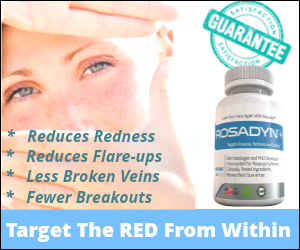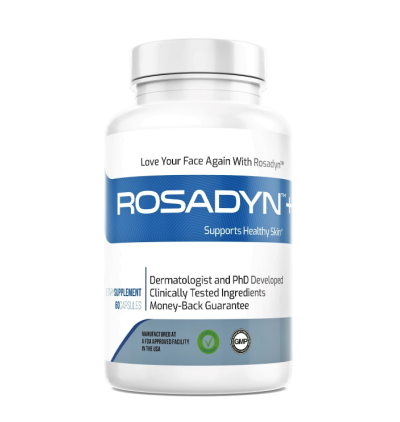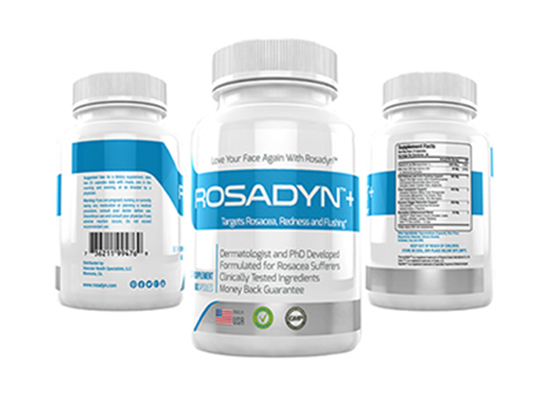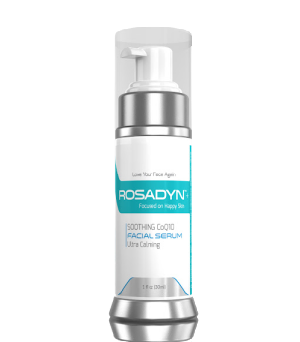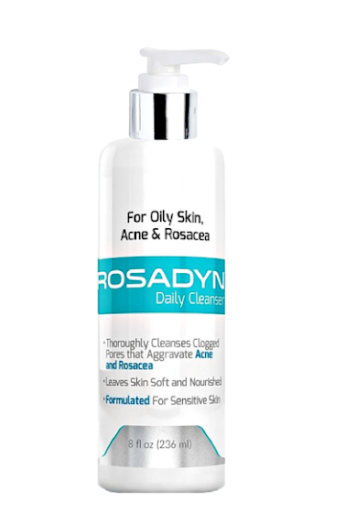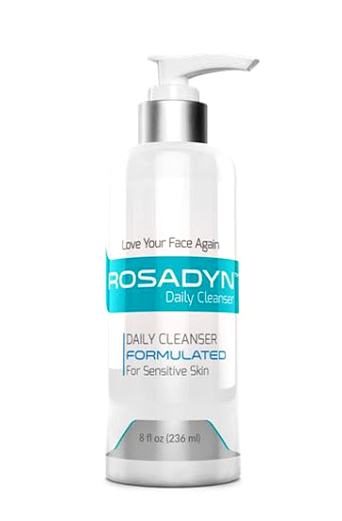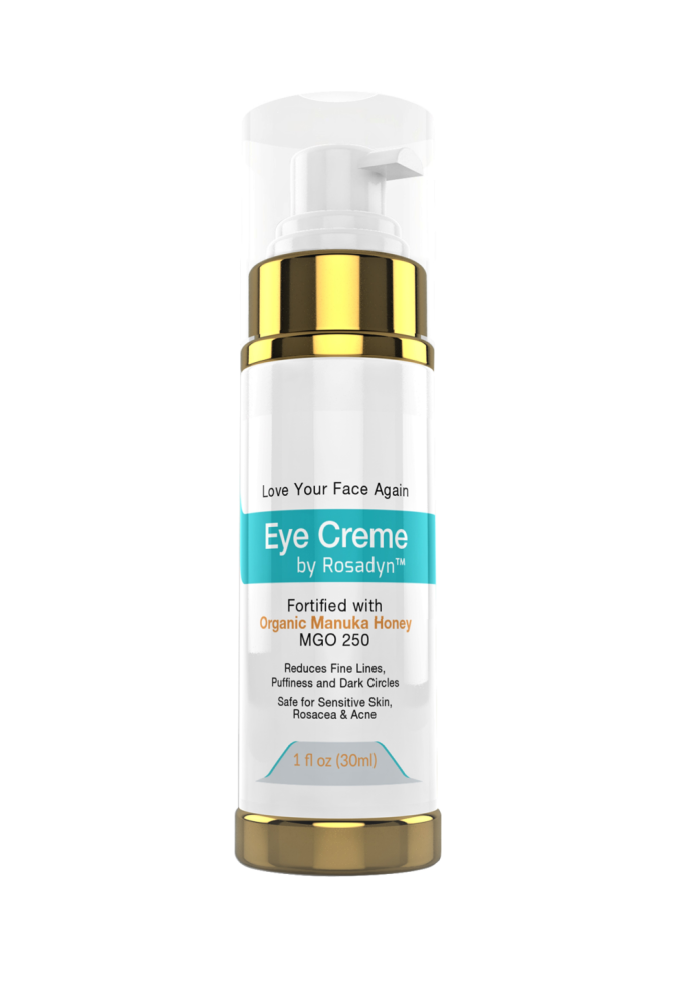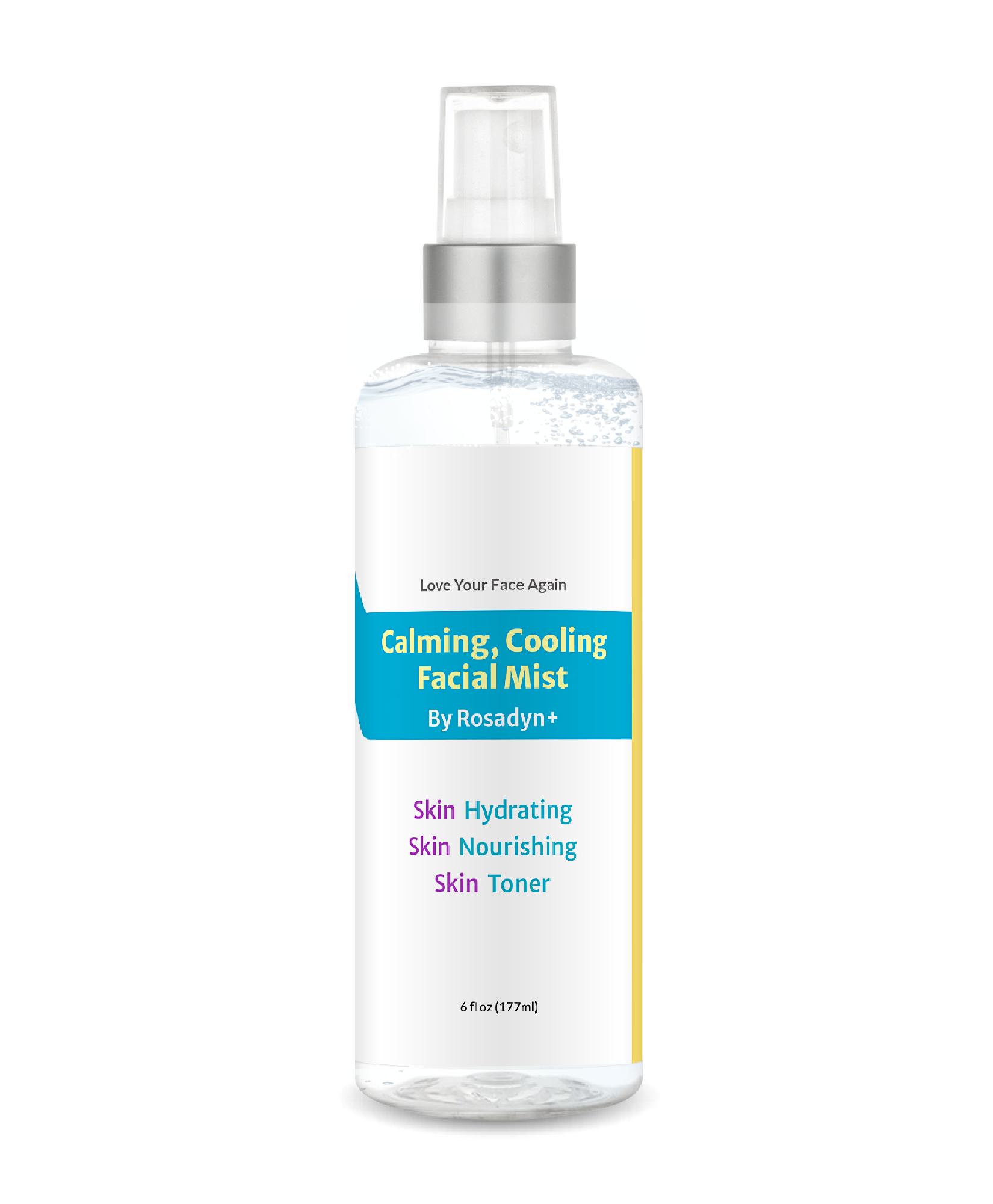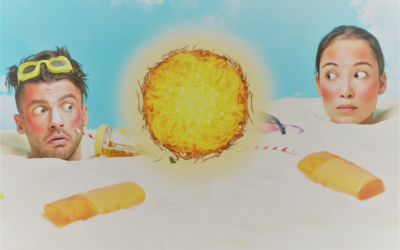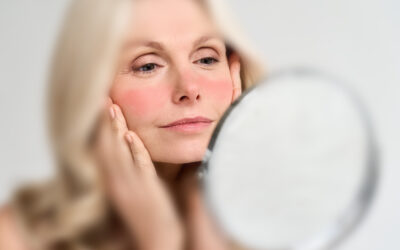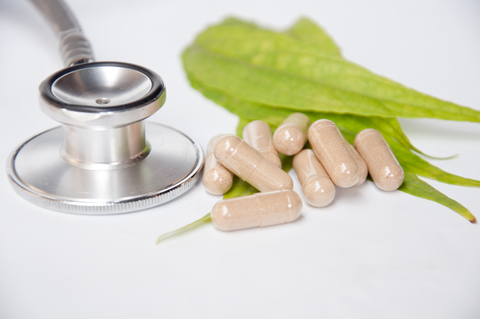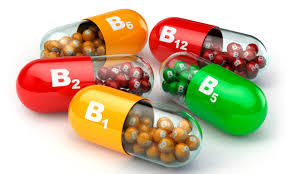About Rosacea
Why you should create a rosacea “Show, Tell and Ask” checklist to discuss with your doctor to effectively treat and manage your rosacea
Rosacea is a complex disorder that has multiple subtypes, dozens of symptoms and countless triggers. Every single rosacea case is unique and must be addressed as such. Dermatologists have been assigned to treat our disorder because rosacea is classified as an inflammatory skin disorder. However, rosacea is much more: it involves dysfunctional blood vessels, nerves, hormones and the immune system. Dermatologists need our help, feedback, input and specific case details to design the best treatment protocol. Rosacea sufferers who take a few minutes to organize specifics about their disorder will receive a more thorough evaluation and treatment. Just as important, your effort in building a Q & A list, as well as documenting your symptoms and triggers, signals to the physician that rosacea is not only affecting your quality of life, but also shows how serious you are about treating the disorder in a proactive way. It will also quickly help you see if that particular physician is right for you. Why is that? Well, if they just want to fit you into the standard treatment box, without being open to discussing your specific triggers and symptoms, possible integrated treatment approaches and any address any concerns you may have, it is likely time to find a new physician.
You are your own best advocate when it comes to dealing with your Rosacea Treatment
Lets be honest…going to the doctor is stressful. As a result, we often forget to mention or disclose information that may be useful for our physician to help manage and treat our rosacea, or any other medical condition for that matter. For this reason, it is vital that you are prepared with key facts and questions to ask about your rosacea before you go to the dermatologist. We all have experienced the “Oh, I forgot to tell him about, or mention that I, or that this happens when” shortly after leaving the office. A little pre-visit preparation helps to minimize your stress and of equal importance, also helps you focus your appointment on you and your unique “rosacea” story. So please use the list below to guide you in this critical step. Taking time to write down the information that you will bring to your appointment will not only help your physician better treat your rosacea, but also ensure you don’t omit any pertinent facts during your visit.
Create A “Show, Tell and Ask” rosacea checklist to share with your doctor
On a single piece of paper, or even an email that you send to your smartphone to reference during your appointment, jot down the following:
Key List Item 1: Your rosacea triggers (what makes you flush and breakout) and key symptoms
- Put together a one page list of all your rosacea symptoms and triggers. This is one of the most helpful things you can do for your physician. Organize a list and put them in an order from mild to severe with a “severity” ranking. This will help the physician focus on your most important rosacea symptoms and triggers. Don’t be shy in constructing this list. While common triggers, such as spicy foods, exercise, sunlight or alcohol may trigger a flush, there may be other triggers too, such as an intimate or social situation that causes a rosacea flare-up.
Also note your symptoms when you flush: Do you have a rapid heart rate? Get a headache? Get indigestion? Seem quick to lose your temper? Get thirsty all the time? etc. Make sure to tell your medical practitioner these symptoms too.
Symptoms may be less obvious but, they are just as important in helping guide your physician to a educated diagnosis. Basically, by having a “rosacea trigger & symptoms list,” you will help your physician understand what your trigger points are. Of equal importance, it will alert your doctor to any areas that require further investigation, as sometimes certain disorders display rosacea-like symptoms (but are not rosacea) or you may have an unrelated condition that is further aggravating your rosacea.
If you experience moderate-to-severe burning or stinging sensations on a daily basis tell your physician Neurogenic Rosacea is a new rosacea subtype according to the National Rosacea Society. Very few doctors know about painful burning and stinging sensations that rosacea sufferers must battle through on a daily basis. Discuss these sensations in depth and point them to the “Rosacea Classification System” on the National Rosacea Society website for them to learn more about this often overlooked part of rosacea. There are treatments available for this rosacea subtype, but it takes trial and error in most cases to find the right protocols.
- A key tip: pictures are worth a thousand words! Take digital photos of your flushing reactions, breakouts and superficial symptoms. Most physicians tell patients to simply “avoid all their triggers for flushing and rosacea flares” without understanding what they are asking patients to avoid. For many moderate-to-severe rosacea sufferers, this advice can affect every aspect of their professional and social lives. This is unacceptable advice to rosacea sufferers. It helps to show physicians active bouts of flushing, how easily they occur, how long they last, and how they affect daily life. Only then will they collaborate with other physicians, such as Neurologists and Endocrinologists, to determine treatment protocols for rosacea triggers.
Take high resolution photos of your flushing reaction intensity, duration and rosacea symptoms that show up the following day to ensure an aggressive, but safe, treatment protocol for these triggers. Many of these can be treated or reduced significantly, provided your physician knows exactly what they are targeting (hence the importance of photos).
Key List Item 2: Specifics about your current treatments and medical history
- Write down all topical over-the-counter treatments or prescription treatments you may be using. These may be contributing to your rosacea Skin care aisles at pharmacies and grocery stores can be dangerous places for rosacea sufferers. Most skin care products are not made for rosacea-sensitive skin and WILL WORSEN most rosacea symptoms. Anti- aging, “sensitive skin care lines”, organic or natural, scrubs and masks are rosacea irritating suspects. Facial cleansers with salicylic acid, glycolic acid, lactic acid, scrubbers (eg polyethylene beads); toners with or without alcohol; moisturizers with harsh irritants like Retinol and even most “sensitive skin care lines” are not suited for rosacea skin. Topical irritants are the most common cause of increased redness, skin inflammation, flushing and acne rosacea breakouts.
So please note any and all skin care products you may be using on your skin, including make up. - Discuss previous use of topical steroids with your doctor. Many physicians are guilty of prescribing topical steroids to treat facial redness, skin inflammation and flushing. They work by constricting blood vessels — and work well for a short time — however, they make rosacea much worse if used for more than a few days or chronically. Over the counter and prescription steroids have long lasting effects on rosacea that are often hard to treat or reverse.
- Discuss any plastic surgery or cosmetic treatments you’ve had in the past. Facial plastic surgery and medical spa treatments are common triggers for rosacea. In general, chemical peels, dermabrasion, and surgery to the nose, cheek bone or chin can cause severe rosacea reactions. A “Spa” day often comes back to haunt rosacea sufferers. There is no such thing as a rosacea-friendly facial…no one can predict who will react adversely to these types of treatments.
Ask your physician to rule out possible other coexisting skin disorders
Skin inflammation from rosacea impairs local immune function and thus rosacea sufferers are more susceptible to other inflammatory skin disorders. As such, it is important to have your rosacea physician rule out these co-existing disorders first, as many of their symptoms mimic rosacea. Below are the most common:
- Seborrheic Dermatitis
- Hormonal Acne
- Eczema
- Contact Dermatitis
Ask if an underlying disease, illness or treatment is causing or contributing to your rosacea
Although it is rare, underlying disorders that cause flushing can be strong triggers for rosacea progression. It is vital, especially if you have other physical symptoms not common to rosacea, to rule out any of the disorders listed below. Also, you should alert your doctor if you are undergoing treatment for any other underlying medical conditions, as they may be contributing to your rosacea symptoms, triggers and breakouts.
- Carcinoid Syndrome
- Mastocytosis
- Pheochromocytoma
- Hyperthyroidism
- Lupus
- Seasonal Allergies or Nasal Allergies that require oral steroids or spray-based steroid treatment
- Severe Respiratory Disorders that require steroid treatment
- Menopause or Perimenopause
- Severe Gastrointestinal Disorders such as Crohn’s Disease, Colitis, Ulcers and Irritable Bowel Syndrome
Read more about five of the most common underlying inflammatory disorders that can mimic or agitate rosacea.
Be proactive and prepared when seeking rosacea care.
Rosacea sufferers must take a proactive approach to improving their chances at rosacea symptom clearance and trigger reduction. Creating the above checklist is a key step in that direction, as is realizing that rosacea is much more than a superficial or “cosmetic disorder.” Armed with your list and the suggested photos, you stand an excellent chance of conveying your unique rosacea symptoms and triggers to your medical practitioner and thereby help them most effectively treat your rosacea.
Unfortunately, there is NO CURE FOR ROSACEA. However, you can minimize, manage and possibly even halt rosacea progression, as well as repair its damage, with a comprehensive, integrated approach. This means communicating with your medical professional and working together to find the right blend of rosacea treatments that work for you and your rosacea subtype. This blend can include traditional medical treatments and procedures, lifestyle, diet, supplements, skincare and stress management.
Remember: The first step to finding a effective rosacea treatment regimen what works for you … is you!
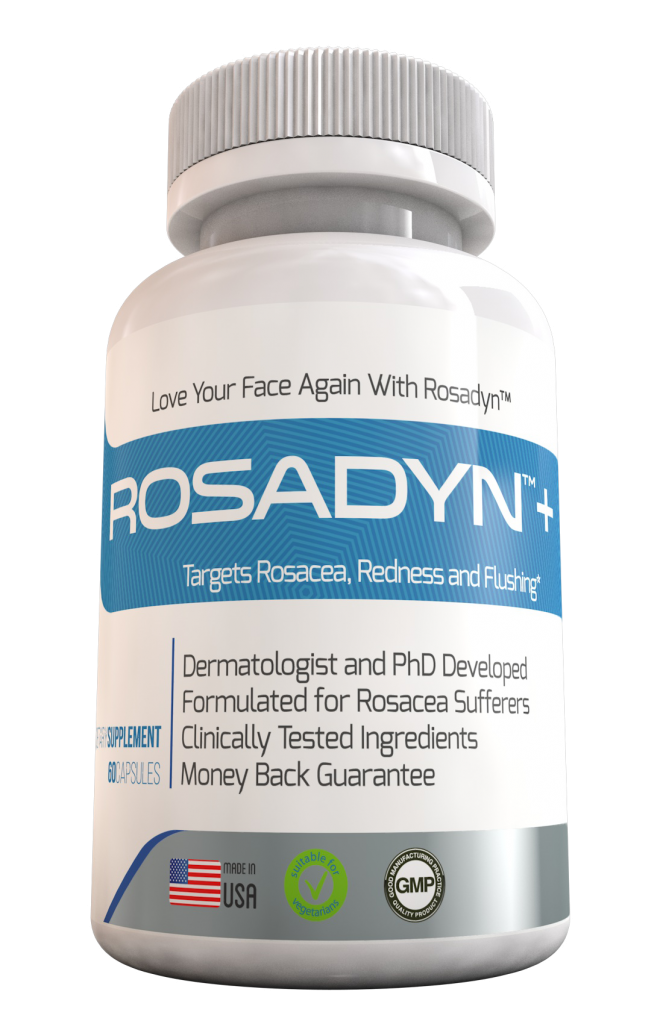
Try Rosadyn+ Nutraceutical Risk-Free for 90 Days
Rosacea is a complex disorder and no two people have exactly the same reaction to rosacea treatments. What feedback from thousands of our customers has made clear, however, is that the response time to Rosadyn+ varies with the severity of their rosacea, general health, diet and lifestyle. This said, we have customers with mild rosacea who saw a minimization of their flares, facial redness and symptoms after six weeks of Rosadyn+ while those with more severe cases needed three-to-six months to ultimately break the chronic inflammatory cycle of rosacea.
Because the time to achieve results can vary significantly, we offer a generous, unprecedented 90 day, money-back guarantee on our oral nutraceutical to give you ample time to allow Rosadyn to work for you. All we ask is that new customers use that full 90 days risk-free time window to fairly evaluate the rosacea-fighting power of Rosadyn+ and avoid the common mistake of abandoning treatment prematurely, particularly after just one month.
Love Your Face Again with Rosadyn™
Proven Effective Rosacea Skin Care Products
Gel Cleanser w/Organic Honey
Honey, Aloe and Oat - Gentle Face Wash for Oily and Acne Prone Sensitive Skin
Combine Products and Save!
Read Our Rosacea Blog - Tips, Product Reviews to Studies and More!...
The Rosacea Blog
Be sure to frequently check out our blog. We love sharing the latest news, helpful tips cool product reviews, latest research and occasionally inspirational stories from our rosacea family.
How Rosadyn Reduces Rosacea Sun and Heat Triggers
Heat, Sun and Rosacea Flares While summer is beach time for many, the sun and heat can be a trial by fire for rosacea sufferers. Sun and heat exposure are the #1 and 3 rosacea triggers according to the American Academy of Dermatology. That means summertime is a...
Rosacea and Menopause, a Rosadyn Love Story
Menopause Triggered My Rosacea I am 54 years old and have been enjoying menopausal symptoms for about 3 years now. “Enjoy” is not the verb I want to use but I will keep it dignified. One of the funnest parts of menopause are the hot flashes. I think I just...
Natural Rosacea Treatment, Dermatologists Say Yes!
Dermatologists Embrace Herbs To Decrease Rosacea Symptoms Topical extracts have long been used to treat sensitive skin, rosacea skin and many other forms of inflammatory skin disorders. Until recently, most dermatologists have focused on using prescription...
Cooling foods that help to naturally lower body temperature and reduce rosacea flushing
Summer along with weather changes can cause your rosacea to flare up. With UV Rays and heat, you have a variety of external options to address the suns rays from sun protection hats and clothing, sunscreens to Rosadyn+ natural ingredients that help with strengthening...
Best Winter Skin Care Barrier Cream for Rosacea – Product Review
Objective: The purpose of this article is to discuss why most rosacea sufferers flare during the harsh environment of the winter. We are highlighting a skin care barrier cream for Rosacea, that protects the skin from environment-induced flushing, skin inflammation...
B-Vitamins Common Cause of Skin Breakouts and Redness
The purpose of this article is to highlight the fact that B Vitamins and B Vitamin Complexes can contribute to acne rosacea, facial redness, flushing and even trigger acne in non-rosacea sufferers. B Vitamins are one of the top selling vitamins due to their many...
| Support | About us |
|---|---|
| FAQs | Text contact: 626-375-5259 |
| Rosadyn+ Guarantee | Terms and conditions |
| Customer Service | Privacy Policy |
| Contact us | Data Retention Policy |

